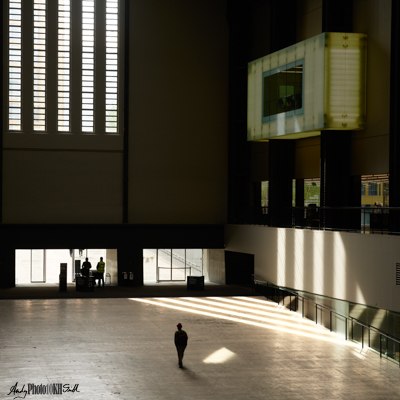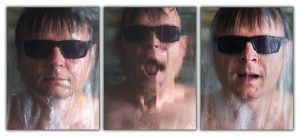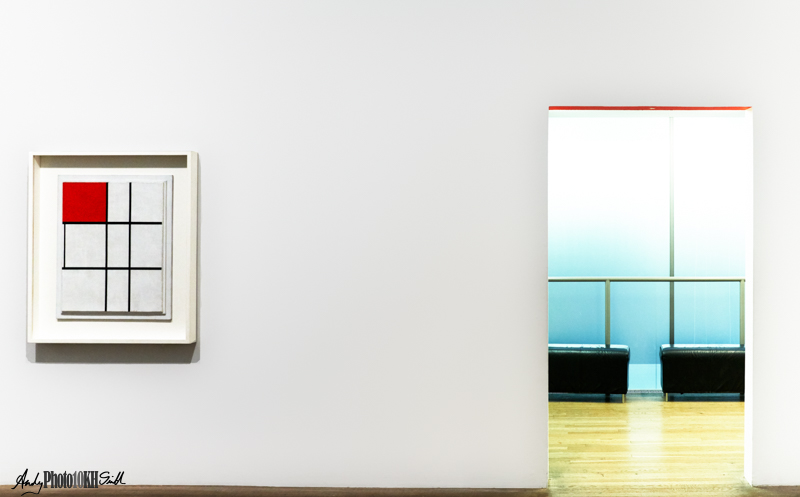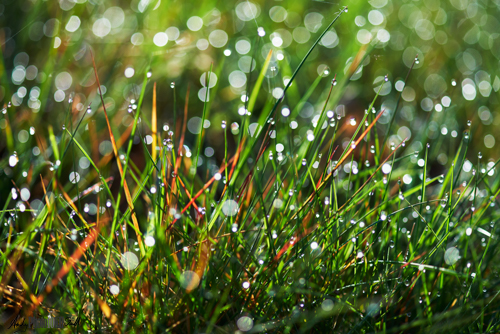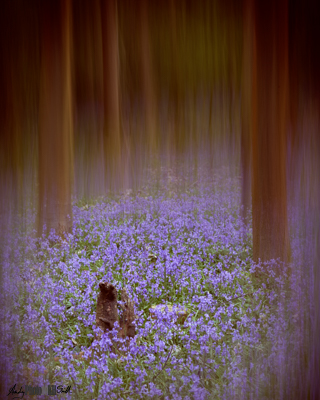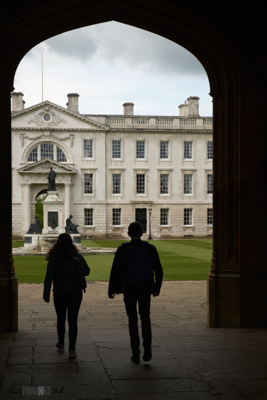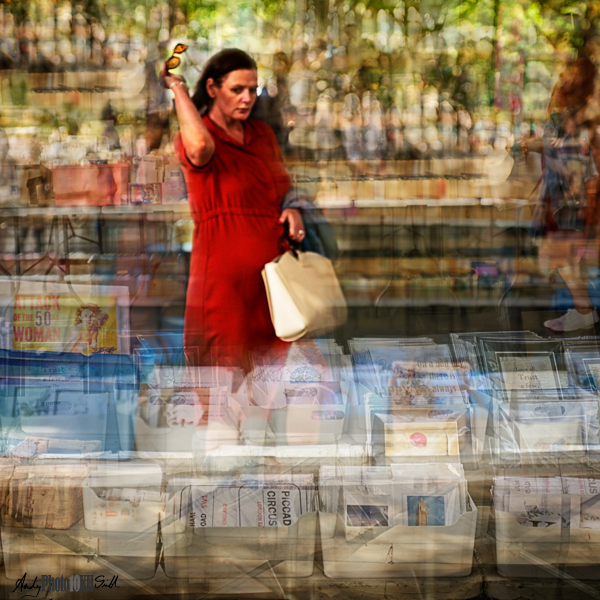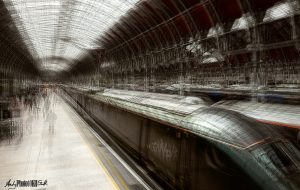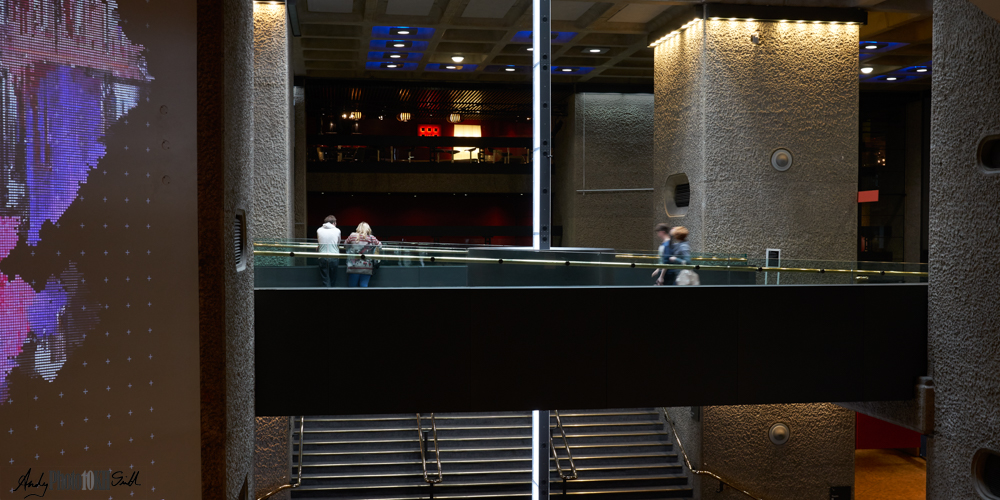Spring 2019
This is a review of the work I have conducted over the last three months: March 2019, April 2019, May 2019; learning the art of photography in the Spring.
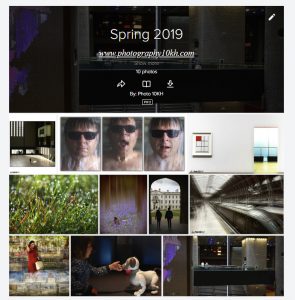
As with my review of Winter 2018 /19, I’m now in a position to compare the work produced in this period with that of a year previously. First observations comparing my top 10 images from the last 3 months from those of a year ago:
- 3 of the images use either intentional camera movement or multiple exposures to create a styalised look, none were in 2018
- 6 images were shot indoors (2018 all images were shot outside) – most were public locations including art galleries and railway stations
- General shift from landscape to street as the dominant genre.
The biggest influence on my recent images came as a result of a serendipitous meeting at the annual exhibition of the Cambridge Camera Club on 3rd May with Lynne Blount author of the image “Tribute to Pep Ventosa”. Two of my top 10 images from the last 3 months are an attempt to create images in a Ventosa style.
Although only one image from the final 10 was shot with my new 100mm macro lens, “Stoke Common Spring Grasses“, I anticipate using this lens for found abstracts, in the style of Paul Mitchell who, despite my move away from landscapes, remains a big influence and a reminder of how far I have to go.
As always if you have any thoughts or suggestions please add them as comments below – it really encourages me when I see that someone has read what I’ve written.
To keep up with this project, please connect with me through the social media channel of your choice – buttons in the panel to the right.
Thank you.
Best Work
The first image I’ve chosen from those shot over the past 3 months is a classic street photograph of a solitary man in silhouette giving scale and mood to an area of interesting light.
I like the simplicity of composition and muted colours, giving it a sombre, pensive mood.
The image to the right was originally shot as a bit of fun when staying in a spa hotel in Switzerland on 15th March. We thought that a face appearing from the thalassotherapy waterfall would make an interesting image.
A friend was willing to model, but it soon became apparent that it would be impossible for him to keep his eyes open in the waterfall. So he wore sunglasses.
When I put three images next to each other it occurred to me that it looked like we were “Waterboarding a Blind Person.”
On 17th April I received notification that this had been accepted into the Cheltenham Salon. My first ever acceptance, tongue-in-cheek though it was.
The image to the left is another that amused me.
Various other rooms in the Tate Modern, London, have a red ceiling or red top to the entrance. However, the placement of the Mondrian next to the ante-room with the windows divided by the steel bars, is most fitting.
|
|
….. |
|
….. |
Now for something more creative…
|
|
….. |
|
Comparison with Spring 2018
 |
….. | 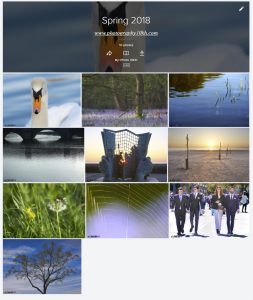 |
2019 vs 2018:
- 60% of top images shot indoors vs 0% in 2018
- Several images use differential colour balance to enhance perceived contrast
- 3 images are composites of either multiple exposure or a straight shot with one with intentional camera movement
- Triptych and almost a diptych (10th image, shot in the Barbican so that the light divides the image exactly in two).
New Photographic Techniques
Experimentation with multiple exposures has been the dominant style over this period, in particular the Ventosa style composites even though I only discovered these at the end of this period.
I have started putting more white space around my Instagram images, together with a black stroke and drop shadow in the dominant colour of the main image subject. The goal is to give my images a distinctive style which, although not completely out of step with Instagram best practice, is still distinctly mine.
New Artistic Influences
Visited the Franz West and Nan Goldin exhibitions at the Tate Modern on 16th April. My thoughts on Franz West are mirrored by those of other visitors to the exhibition as noted on the comment board at the exit, photographed and included in my journal), e.g. “an hour of my life I will never get back.” In my opinion he was a spoilt boy with too much money and time to indulge in unproductive activity (although I am conscious that the same comment could be made about me). Nan Goldin, by contrast has a gritty truth of a contemporary photographer. Two ironies:
- The Goldin exhibition which is the better of the two is free to enter
- To reach the Goldin exhibition, one must travel up the Sackler elevator, despite her proposed boycott of Sackler supported museums and galleries given their alleged role in the over-prescription of opioids to the American public leading to pandemic addiction.
Van Gogh, exhibition of his work in Britain, visited on 22nd May in the Tate Britain, London.
Francis Bacon, three pieces which are interpretations or inspired by work by Van Gogh were included in the above exhibition. The Bacon paintings are a distillation and magnification of the emotion or art of the Gogh originals. After the exhibition I stumbled upon the “Three Studies for Figures at the Base of a Crucifixion” which, in an interview with the BBC, he describes as his first serious work.
The same day, I visited the Dorothea Tanning exhibition at the Tate Modern. Tanning was a leading surrealist who made extensive use of doors to represent the portal to the subconscious. My observation: the 1952 nightmare art painting “The Guest Room” shows a disquieting images of a young naked girl, presumably representing Tanning herself, but with adult hands and feet – a point never explained (to me at least). Unlike many tortured artists, such as Mark Rothko, or in fact Van Gogh, Dorothea Tanning appears to have lived a happy life, married to Max Ernst, working for 70 years until eventually dying aged 101.
In March I properly finished my “Top 100 Photographers” post, which listed my view of the most important photographers as they have impacted me. The list is updated whenever I encounter someone worthy of inclusion, and is therefore subject to the randomness of my connection through this project. For example, Sean Tucker, who I rate very highly as a photographer, and philosopher, is at no. 11 (just above Steve McCurry, Man Ray and Edward Steichen) largely because I have personally met him twice and am an avid follower of his YouTube channel.
- Ellen Carey is an abstract artist working in the, now discontinued, 20×24 inch format polaroid film, which she manipulates in interesting ways by direct exposure to light, without the use of a lens, and. I attended her lecture, sponsored by the RPS, on 17 May 2019.
- Pep Ventosa, as mentioned above, was the major influence in my over this three month period, although I am more interested in applying his techniques to urban scenes.
Also met Sean Tucker again on his Instawalk on 26th May.
